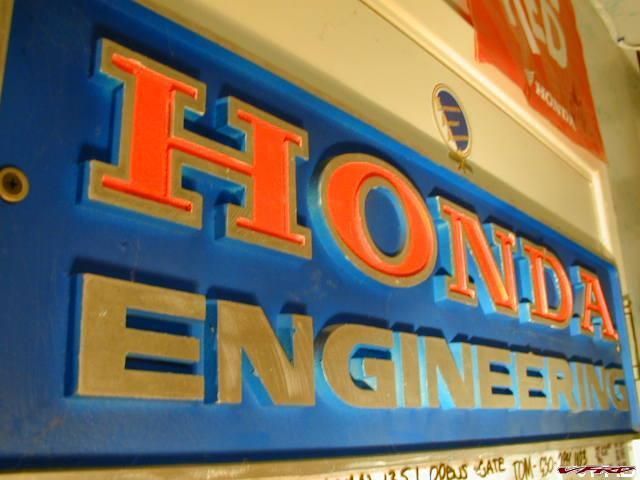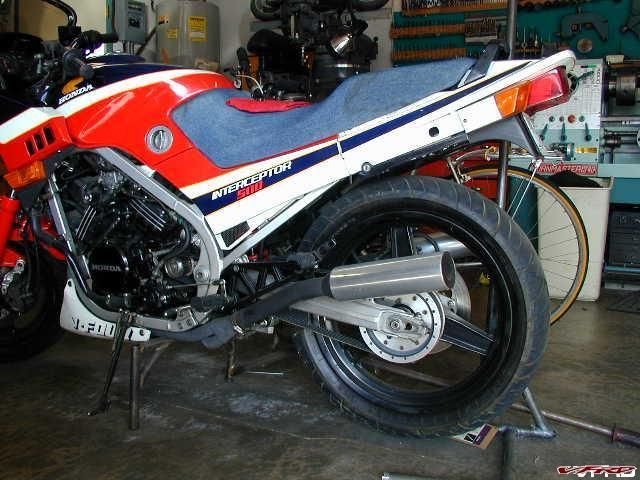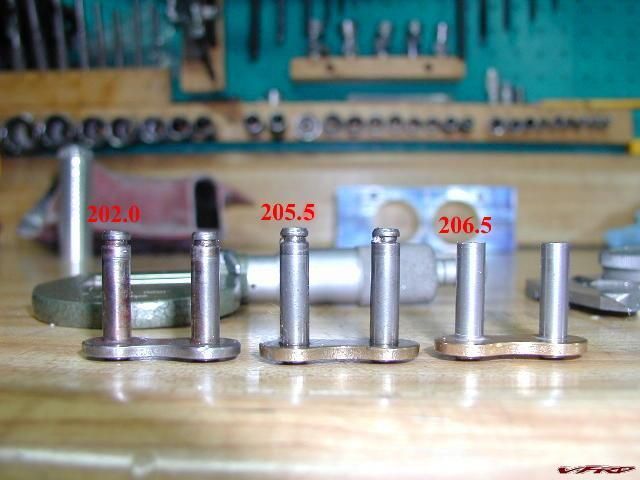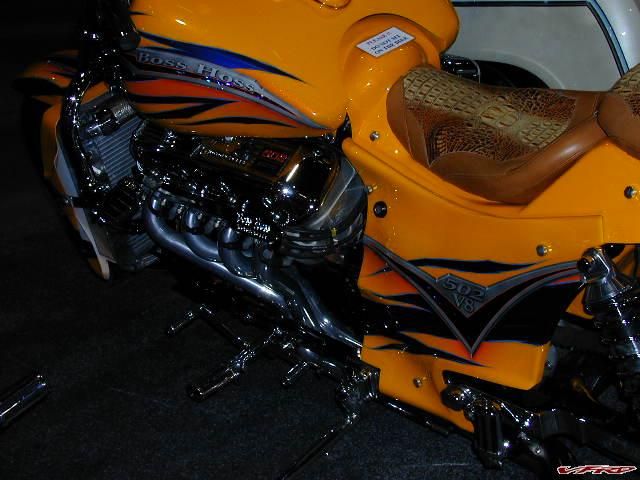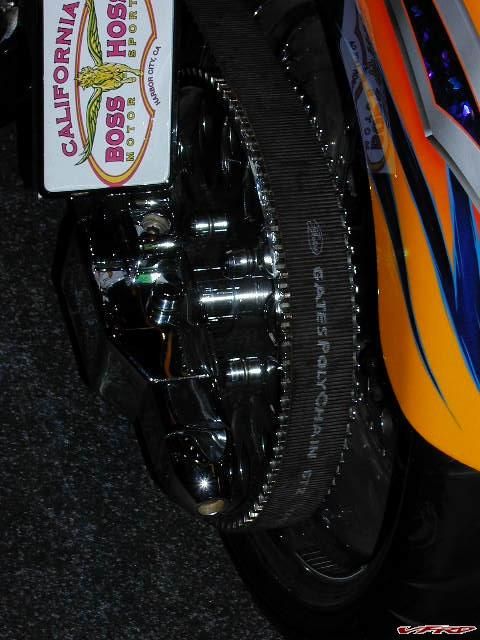As noted above, shaft drive can introduce some handling quirks. But it should also be noted that chains and belts also impart some load on the suspension. During acceleration, a chain or belt is tight on the top, and will tend to compress the suspension a bit. Long travel motocross bikes do attempt to address this by simple geometry. In fact, ATK motorcycle company promoted a design that had little influence on the suspension.
ATK was founded by Horst Leitner, an Austrian-born engineer. Leitner named the new motorcycle company ATK after his patented device to eliminate chain torque for improved handling. Known later as the A-Trak.
In the end, even ATK dropped the idea and went to conventional style chain drive.

ATK was founded by Horst Leitner, an Austrian-born engineer. Leitner named the new motorcycle company ATK after his patented device to eliminate chain torque for improved handling. Known later as the A-Trak.
In the end, even ATK dropped the idea and went to conventional style chain drive.

Last edited:

